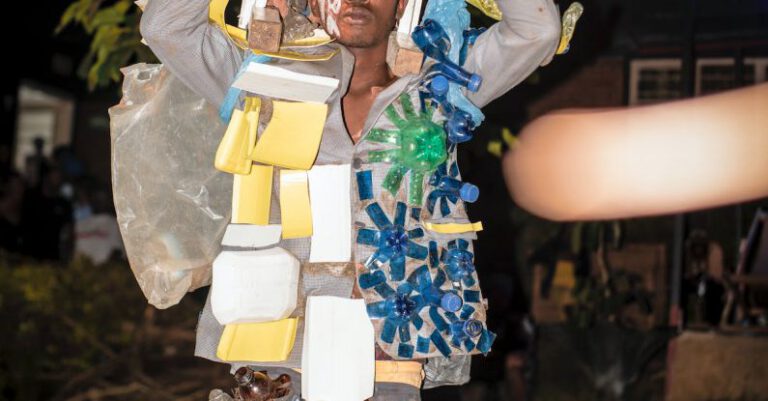How to Teach Kids about Environmental Responsibility?
Teaching kids about environmental responsibility is essential for creating a sustainable future. By instilling a sense of environmental awareness and responsibility at a young age, we can raise children who care about the planet and take steps to protect it. In this article, we will explore some effective ways to teach kids about environmental responsibility.
Lead by Example
Children learn by observing their parents and caregivers. Therefore, it is crucial to lead by example and demonstrate environmentally responsible behavior. Show your kids how to reduce, reuse, and recycle by practicing these habits in your daily life. Explain to them the reasons behind your actions and involve them in the process. For example, you can ask them to sort recyclable materials or help you compost kitchen waste. By involving children in these activities, they will develop a sense of responsibility and understand the importance of their actions.
Connect with Nature
Spending time in nature is a powerful way to teach kids about the environment. Take them on nature walks, hikes, or visits to local parks and gardens. Encourage them to observe the beauty of the natural world and point out the different plants, animals, and ecosystems they encounter. Use these opportunities to discuss the importance of protecting these habitats and the role each individual can play in preserving them. By fostering a connection with nature, children will develop a sense of responsibility towards the environment.
Educational Resources
There are numerous educational resources available to teach kids about environmental responsibility. Books, documentaries, and online platforms offer a wealth of information on environmental issues. Choose age-appropriate resources that are engaging and informative. Encourage your child to read books or watch documentaries about topics such as climate change, pollution, and endangered species. Discuss the information together and answer any questions they may have. By educating children about these issues, they will gain a better understanding of the importance of environmental responsibility.
Hands-On Activities
Engaging kids in hands-on activities is an effective way to teach them about environmental responsibility. Organize activities such as planting trees, starting a vegetable garden, or participating in beach clean-ups. These activities allow children to actively contribute to the environment and witness the impact of their actions. Additionally, they provide opportunities for children to learn about important environmental concepts, such as the role of plants in oxygen production or the harmful effects of pollution on marine life.
Reduce Waste
Teaching kids about waste reduction is a fundamental aspect of environmental responsibility. Encourage them to use reusable water bottles instead of disposable ones, pack waste-free lunches, and avoid single-use plastics. Explain the reasons behind these choices and discuss the environmental impact of excessive waste. Additionally, involve children in recycling efforts by teaching them how to sort recyclables and explaining the importance of recycling. By instilling these habits early on, children will grow up with a strong sense of waste reduction and environmental responsibility.
Encourage Critical Thinking
Environmental responsibility involves thinking critically about the consequences of our actions. Encourage children to question the impact of their choices on the environment. For example, ask them to consider the environmental consequences of driving versus walking or the effects of deforestation on wildlife. Encourage them to come up with creative solutions to environmental problems and discuss the potential outcomes of each solution. By fostering critical thinking skills, children will develop a deeper understanding of environmental responsibility.
In conclusion, teaching kids about environmental responsibility is crucial for creating a sustainable future. By leading by example, connecting with nature, using educational resources, engaging in hands-on activities, reducing waste, and encouraging critical thinking, we can instill a sense of environmental awareness and responsibility in children. By teaching them to care for the environment from a young age, we can empower them to make a positive impact on the planet throughout their lives.






